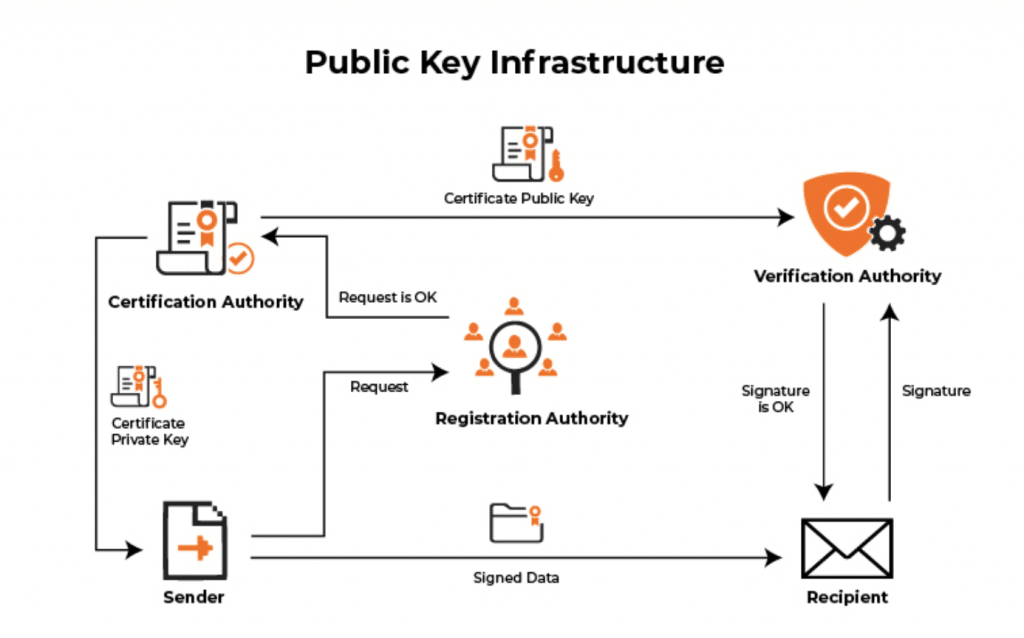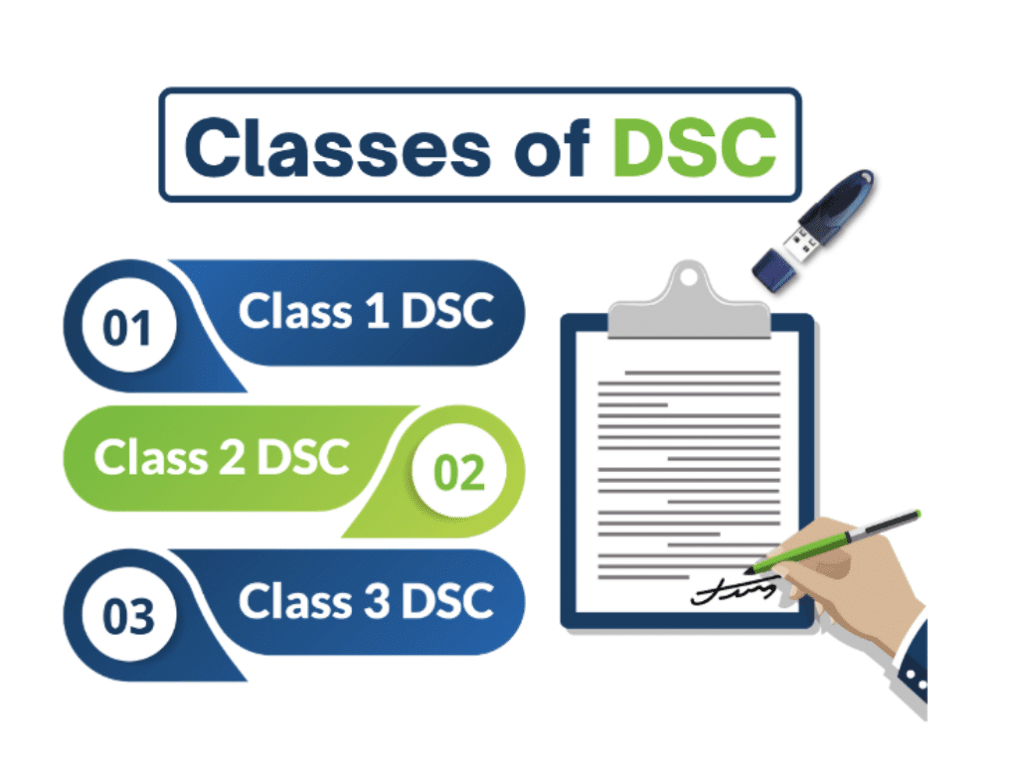Digital Certificates for E-Signatures: 5 Things You Need to Know

E-signatures have been a legally recognized form of signature for more than twenty years. Yet, widespread adoption has only begun in the last few years. In 2021, 95% of businesses reported that they were already using e-signatures or had a plan adopt. Among businesses already using e-signatures, two-thirds adopted the practice in the last two years. In the recent period of rapid growth, businesses have seen the benefits of digital signature certificates and e-signature verification for efficiency and security.
These benefits include:
- E-signatures reduce document processing times by an average of 45%.
- 54% of e-signature users report faster deal cycles.
- Following widespread adoption during the Covid-19 pandemic, 69% of respondents prefer e-signatures to in-person signings and consider the process more secure.
To take advantage of this critical component of digital asset management in your office, it’s important to understand how e-signatures work. In this guide, you’ll gain a better technical understanding of digital certificates and how they apply to e-signatures.
Key Takeaways:
- The use of digital certificates for e-signatures is on the rise and is saving companies time and money.
- Digital signature certificates use a cryptographic technique called public key infrastructure to verify identities and secure electronic documents end-to-end for exchanging parties.
- Adopting digital signature certificates can improve your office’s document management processes in several important ways, including error reduction, risk mitigation, and reduced material costs.
What is a Digital Signature Certificate?
Digital signature certificates – also called public-key certificates – are a kind of cryptographic technology users can apply to electronic signatures to officially associate the signer with the document. Digital certificates use a standard format called public key infrastructure (PKI) to code an electronic record of the signature including the identities of the signing and named parties as well as the time the signing took place.
PKI

PKI is a cryptographic solution to the intractable problem of communicating securely and privately on a public insecure network. In practice, PKI works in four steps involving:
- The sender
- The recipient
- A registration authority – Authorities, in this case, are typically third-party companies such as IdenTrust or DigiCert. Some large organizations act as their own registration and certification authorities.
- A certification authority
- A verification authority
To create a digital signature certificate for a document or other asset, the sender submits a request to the registration authority. If the registration authority approves the request, the certification authority issues a private cryptographic key to the sender and a public key to the verification authority. If the verification authority confirms the decrypted key, it validates and confirms the signature for the recipient.
PKI cryptographic technology doesn’t only apply to digital signature certificates. It is also the standard for other end-to-end identity verifications such secure web browsing, securing emails, and network traffic security. For secure document management, PKI-enabled digital certificates provide the highest standard of trust to an e-signature.
Types of Digital Signatures

There are three types of digital signatures that differ in validation requirements and legal use-cases.
- Class 1: Provides the minimum PKI security using only an email and a username. Class 1 digital signatures cannot notarize a legal document.
- Class 2: Verifies the signer’s identity in an existing database. Class 2 digital signatures are commonly used for e-filing of tax-related documents such as income tax return and services tax returns.
- Class 3: Requires signing parties and organizations to verify their identities in person with the certifying authority prior to the issuing of any signatures. The most common use-cases for Class 3 digital signatures include court filings, e-auctions, and e-ticketing.
5 Things to Know About Digital Signature Certificates
Regardless of how extensively you want to incorporate digital signature certificates into your processes, there are a few critical facts to keep in mind.
1. Digitally Certified E-Signatures are not Scanned Signatures
Under US law, an electronic signature can be any electronic symbol, process, or sound associated with a document or contract that communicates intent to sign. Communication and record of intent exhaust the legal scope of an e-signature. Intent in these cases is legally binding.
On the other hand, digital certificates – which are a kind of e-signature – works more like a fingerprint. It records more than intent. It identifies parties, actions, times, and places. The keys issued by the certification authority can attest –in court if necessary – to any subsequent changes to the documentation.
2. Digital Signature Certificates Mitigate the Risk of Forgery, Duplication, and Misuse
The public keys issued by the certification authorities in digital signature certificates act like notaries in traditional document verification. Both parties can always verify the unaltered authenticity of the certified document with their issued keys. To compromise a digital signature certificate requires breaching the security of both the other key holder and the certification authority. This radically reduces the risk of forgery, duplication, or unlawful alteration.
3. Adopting Digital Signatures Reduces Documentation Errors
Because the certifying authority verifies all required fields – names, initials, associated parties – documents signed digitally contain fewer errors. Companies report an average 80% reduction in document errors with digital signatures.
4. Digital Signatures Reduce Paper and Other Material Costs
Businesses that replace paper-processes with digital signatures can reduce recurring expenses for paper, shipping, and storage. For most midsized to enterprise-level organizations, the cost reductions amount to savings of 55-78% annually.
5. The Covid-19 Pandemic Caused Rapid Growth in the Global Digital Signature Market
The global digital signature market has exhibited a sustained compound annual growth rate (CAGR) of 36.1% since 2020. The total market value is predicted to grow from $4.05 billion in 2022 to $35.03 billion in 2029. About 58% of business leaders attribute the growth of digital signature use to temporary Covid-19 restrictions but have observed a 40% increase in customer satisfaction in the process.
Streamlined Document Management With FileCenter
FileCenter provides businesses of all sizes a comprehensive, one-stop document management software solution. With built-in features for digital signing, PDF editing, and pre-defined naming rules, FileCenter can radically reorganize your document workflows and improve overall quality and efficiency in your document management processes.
To download a free demo, contact FileCenter today.


